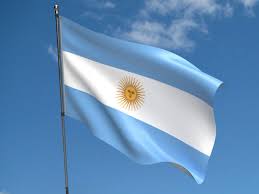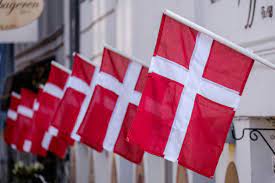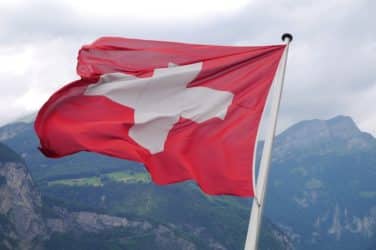
The European Central Bank’s Target2-Securities (T2S) scheme, the IT platform which is intended to streamline settlement across the region, has been given a huge boost after almost all euro-area central securities depositories (CSDs) and six CSDs based outside of the euro area have now signed up.
The T2S project will, from its 2015 start date, provide a single harmonized platform on which almost all heavily traded securities circulating in Europe will be settled. The aim is to cut cross-border settlement by 90% and make it more competitive with the U.S., which only has one settlement provider. T2S also aims to lower domestic settlement costs through economies of scale by using a single platform and is looking to cut out the role of ‘agent’ banks that currently undertake the complex cross-border settlement procedure.
“Harmonization efforts in the post-trade industry will create a new European model for securities settlement,” said Jean‐Michel Godeffroy, director-general at the European Central Bank and chairman of the T2S program.
Not all European CSDs had relished the prospect of opening up to competition in the post-trade space, but after the introduction of the original Markets in Financial Instruments Directive (MiFID) in 2007, which harmonized Europe’s trading environment, many have slowly come to terms with a new and more open playing field. The European Central Bank also offered price promotions to entice CSDs to sign up to T2S.
“National boundaries will be broken down, thus making real competition between CSDs possible,” said Godeffroy. “National CSDs will progressively evolve into European CSDs which will compete with one another. This is a unique feature in the CSD world as CSDs are typically attached to a given country.
“Moreover, in the new European model, competition between CSDs and regional (European) custodians will increase, as CSDs might choose to move up the value chain and banks may set up new CSDs.”
June 30 was the deadline for CSDs to indicate whether or not they would sign up to the project and only Ireland’s CSD out of the eurozone nations has yet to commit. The six other European CSDs to sign up are from Bulgaria, Denmark, Hungary, Lithuania, Romania and Switzerland. Danmarks Nationalbank, the Danish central bank, has also agreed to make the Danish krone available in T2S from 2018.
“This is a big project and we haven’t taken entry into it lightly,” Alex Merriman, head of market policy at SIX Securities Services, the Swiss CSD that is one of the six from outside the euro area to sign up to T2S, told Markets Media.
“It is a very positive opportunity. Fundamentally we do a lot of our business in Europe and indeed in euros as 30% of our business is outside Switzerland and the large bulk of that is within the eurozone. It was a lengthy process of consulting our clients across the Swiss market and, at end of the day, the board have approved us joining T2S.
“But we will only be putting in the euro-denominated business into T2S. The Swiss franc business stays out because the Swiss National Bank [its central bank] decided not put the Swiss franc into T2S.”
Both Godeffroy at the European Central Bank and Merriman at SIX believe that “critical mass” has now been achieved for T2S, although Merriman thinks that the project still has some way to go before it rivals the U.S. post-trade model.
“There’s no reason why T2S cant be a success,” said Merriman. “Settlement arrangements across Europe have been incredibly fragmented. In every single market you have a settlement entity, in other words a CSD. The whole purpose of T2S is to bring that settlement function under one roof.
“The hope is T2S, which will have pretty good coverage for a start-up situation with all the big eurozone markets covered, will benefit from efficiencies, lower costs of transactions and economies of scale and can ultimately rival the settlement functionality of the DTCC [Depository Trust & Clearing Corporation).
“The DTCC is one of the big positives of the U.S. market. The U.S. has one or two clearers depending on type of asset but only one settlement agency.
“But to make T2S even more attractive you need to get other jurisdictions involved in their currencies. The Danes already have and the Danish market is not insignificant—it is conceivable another few countries will see it the same way.”
As well as Ireland, European CSDs in the U.K., Sweden, Poland, Norway, Czech Republic and Latvia have opted out of the scheme. The U.K., which generally remains in the rearguard of any European initiative, is easily the most important outsider to this group, accounting for approximately 30% of equity trades in Europe.
“Of some of the smaller countries not to join, there is the cost angle as they’ve got to make the investment to directly connect to T2S which may or may not be attractive,” said Merriman. “Looking at it realistically, I wouldn’t expect some of the smaller CSDs to sign up.”
T2S, which was originally launched in 2006, has encountered long delays and disputes among likely users as well as large costs with some predicting that the final investment for the scheme could top €1 billion. It has been predicted that T2S is going to need around four billion transactions, at a price of no more than €0.15 per settlement, just to cover the costs of the project. Some in the industry predict that break-even for T2S may only be achieved some time in the next decade.





